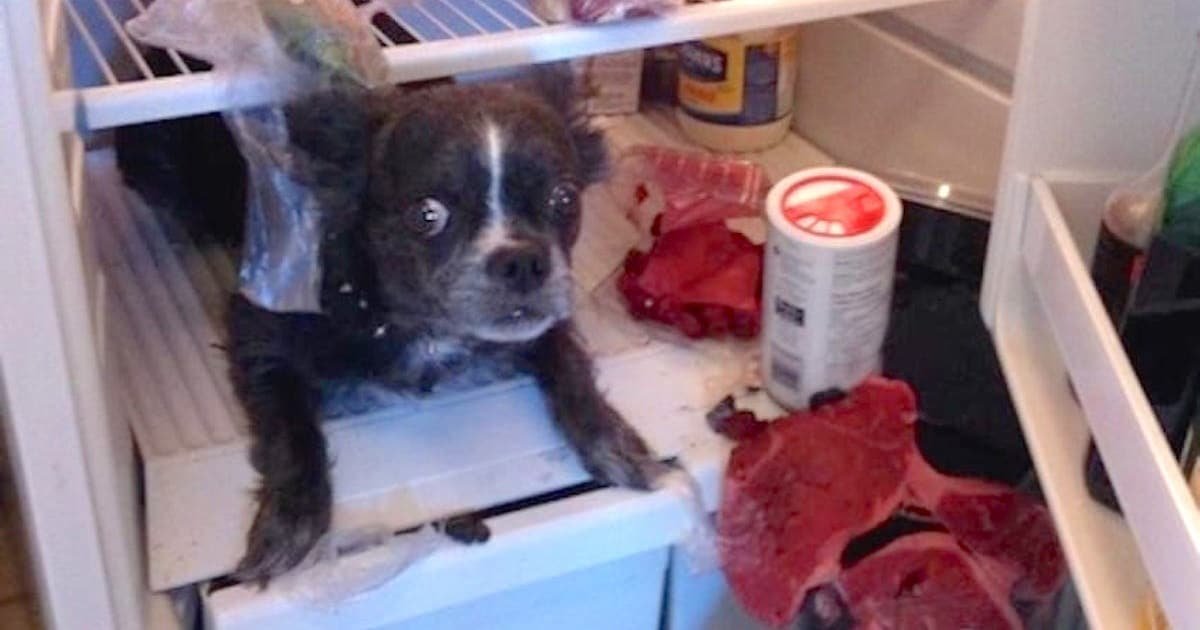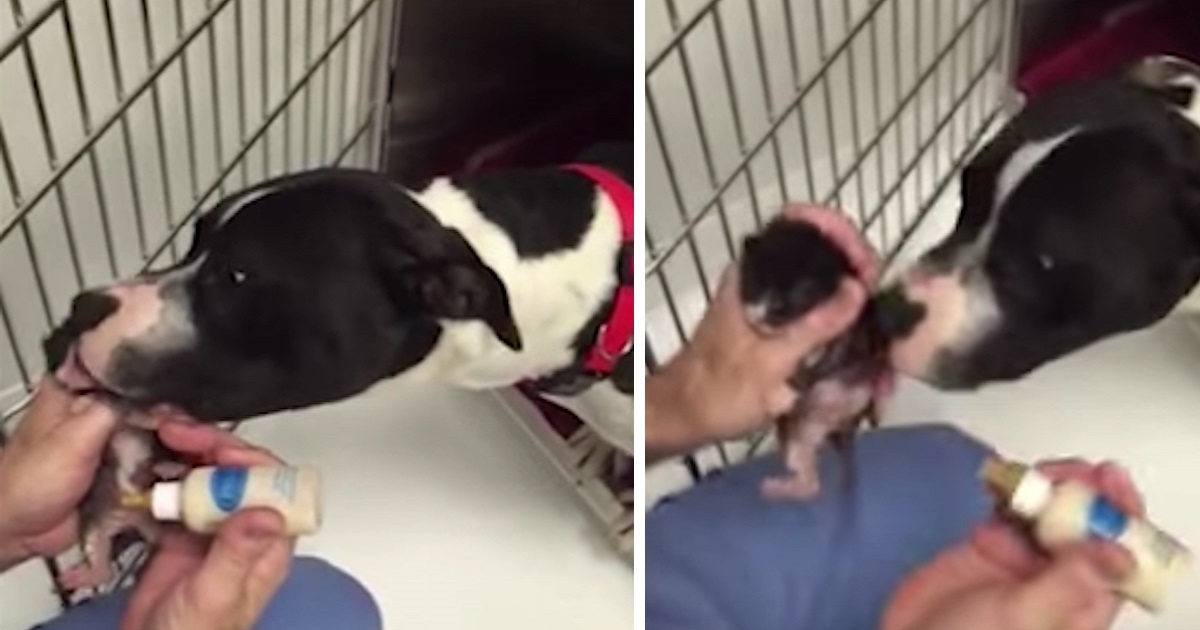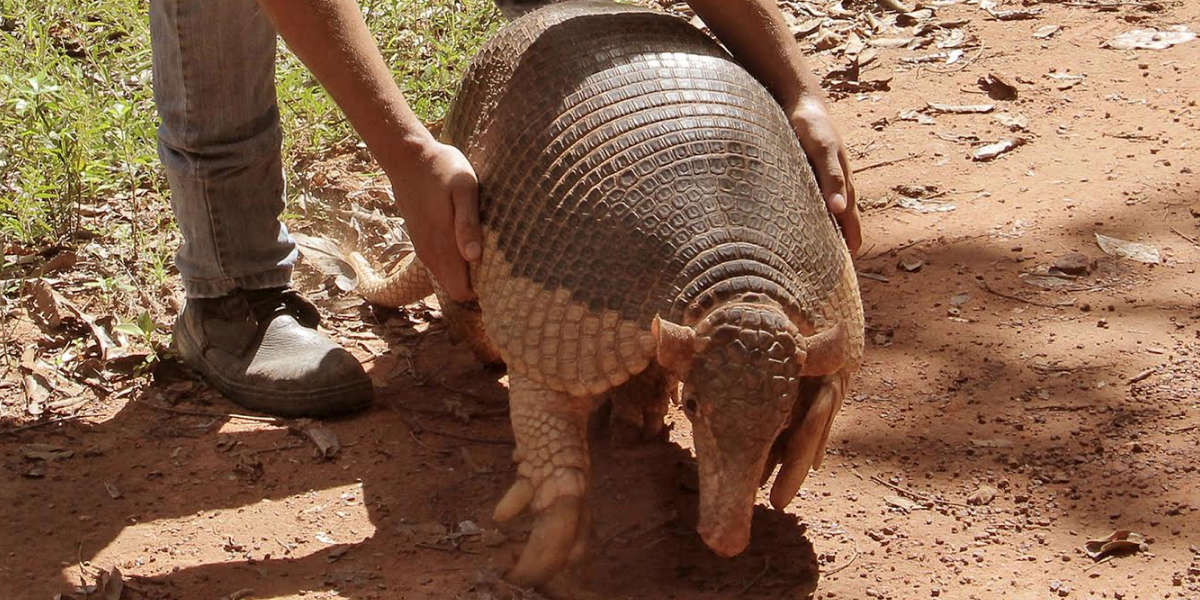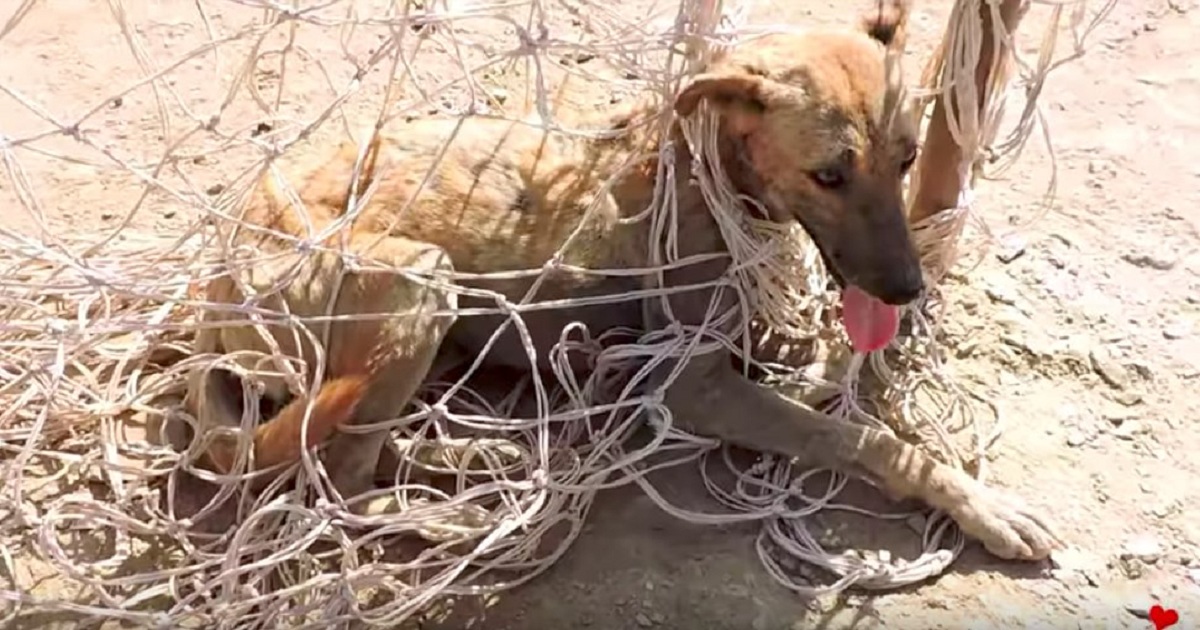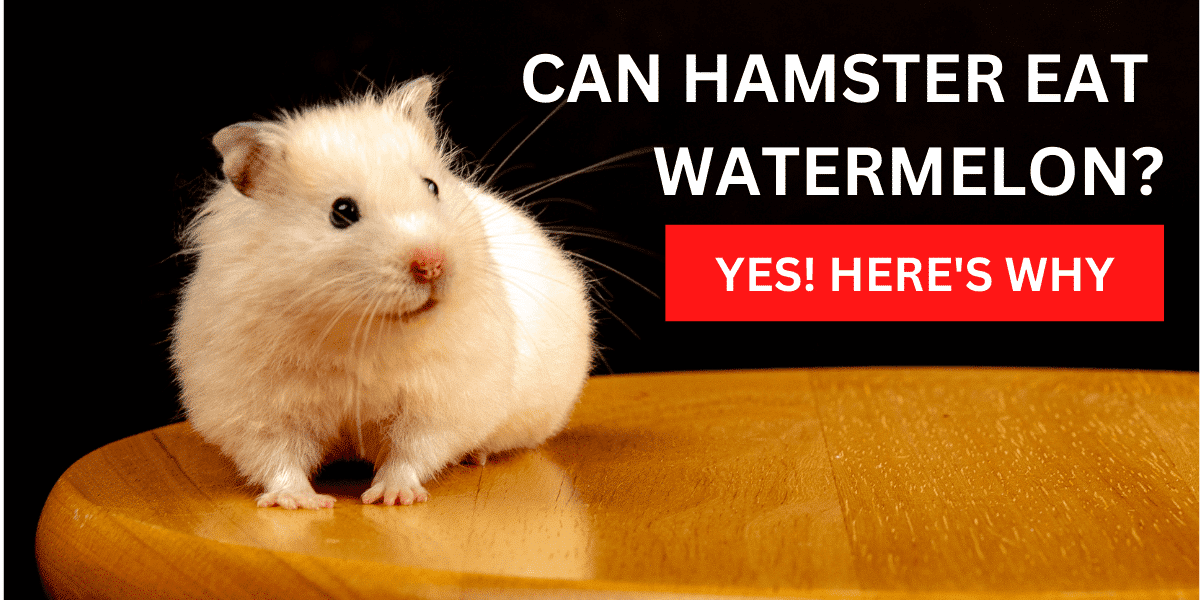
When summer is in full swing, sweet and delicious watermelons are everywhere. Curious to know if hamsters can enjoy this tasty fruit too? Can a hamster eat watermelon? Here’s what you need to know!
Can Hamsters Eat Watermelon?
Can hamsters eat watermelon? The answer is yes, your hamster is allowed to eat watermelon! Watermelon is an excellent source of hydration for hamsters, as they are mostly made up of water. However, there are a few things to keep in mind when feeding your hamster watermelon.
- Wash the watermelon to prevent your hamsters from ingesting pesticides.
- Salt can harm your hamster, so choose unsalted watermelon.
- Not in watermelon juice or yogurts; plain watermelon only!
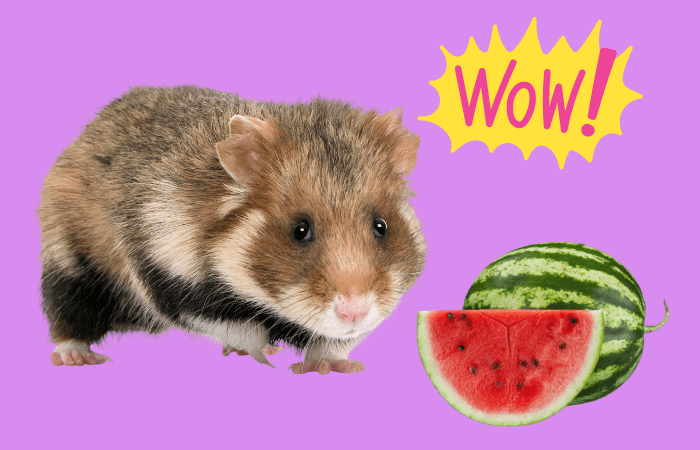
What is Watermelon?
Watermelon is a refreshing and healthy fruit that is made up of 92% water. It originates from Africa and is grown in many warm climates worldwide, such as in the Middle East, China, and the United States. Watermelons are usually red or green on the outside, with red, pink, or yellow flesh on the inside. They are a good source of vitamins A and C, lycopene (an antioxidant), and potassium.
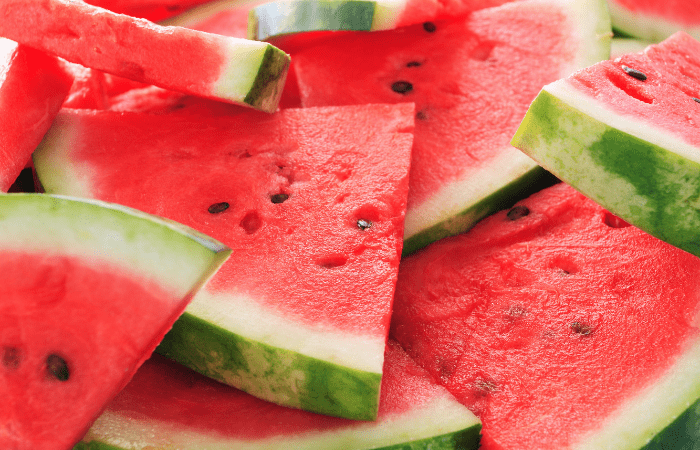
Is Watermelon Safe For Hamster To Eat?
Can hamsters have watermelon? The answer is yes—but only in moderation. Watermelon is high in sugar – it’s best to avoid hamsters drink watermelon juice – and can cause weight gain in hamsters if they overeat it. Removing the watermelon seeds from the watermelon before feeding it to your hamster is also essential, as they can be a choking hazard.
If you do decide to give your hamster watermelon, make sure to do so in moderation. A small piece of watermelon once or twice a week should be plenty for them to eat watermelon. And as always, consult with your veterinarian if you have any concerns about your hamster’s health or diet. You can also ask them if hamsters can eat watermelon rind.
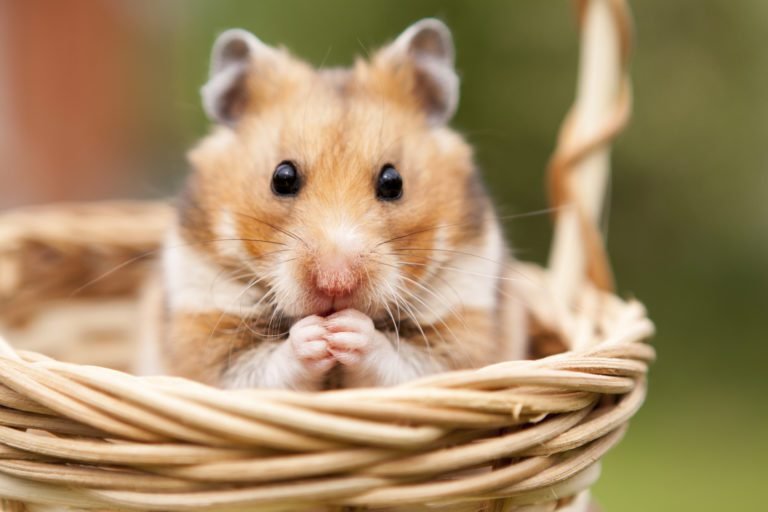
Health Benefits of Watermelon to My Hamster
Watermelons are a good source of hydration.
Watermelons comprise 92% water, making them a great way to rehydrate your hamster during the hot summer. When choosing a watermelon for your hamster, select one that is ripe and free from bruising or blemishes. You can give your hamster fresh or frozen watermelon; both options will help keep them hydrated. Just be sure not to give them too much at once, as too much water can cause diarrhea.
Watermelons are a good source of vitamins and antioxidants.
Watermelons are a good source of vitamins A, B6, and C and lycopene, an antioxidant that can help protect against some types of cancer. These nutrients can help keep your hamster healthy and improve their immune system. But, again, when feeding your hamster watermelon, make sure to give them only a small amount at a time so that they don’t get an upset stomach.
Moreover, watermelon has a good quantity of vitamin C, which will also assist your hamster in having healthy, lustrous fur, strengthening their immune system, and developing collagen.
The absence of Vitamin C in your hammy’s diet might result in the painful condition known as Scurvy. These are some of the signs of this condition:
- weight loss
- hunched back
- noisy when touched
- lethargy
- loss of fur
If you see any of these signs in your hamster, see your veterinarian learn how you may help them recover and how to change their food to include more Vitamin C.
Watermelons can help with weight control.
Because watermelons are low in calories and high in water content, they can help with weight control for your hamster. If your hamster is overweight, adding watermelon to their diet can help them lose weight healthily. Just be sure not to overdo it; even though watermelon is low in calories, too much of anything can lead to weight gain. Instead, feed your hamster watermelon in moderation as part of a balanced diet. Make sure you keep an eye on them when eating as hamsters eat watermelon rind sometimes.
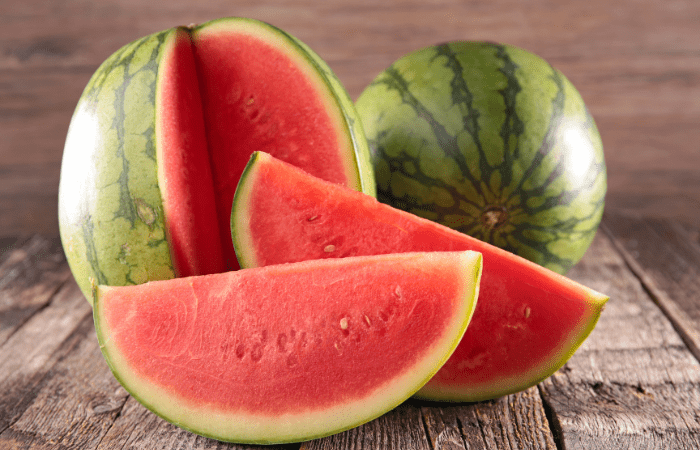
Nutrition Facts
Per 100g of watermelon, here’s what you get:
- 1mg sodium
- 7.6g total carb
- 0.4g dietary fiber
- 6.2g sugar
- 30 calories
- 0.2g total fat
- 0.6g fiber
When your hamsters eat watermelon, they will also benefit from the following helpful vitamins and minerals:
- Iron
- Lycopene
- Vitamin C
- Potassium
- Vitamin B6
- Magnesium
- Vitamin A
Risks of Watermelon to My Hamster
Risk #1: Sugar Overload
Watermelon is full of sugar, harming your hamster if it overeats. Hamsters are small animals whose bodies can’t handle large amounts of sugar like ours. Too much sugar can lead to obesity, diabetes, and other health problems in hamsters.
Risk #2: Risk of dehydration
Watermelons are also very high in water content. This can lead to dehydration in hamsters if they overeat it. When hamsters become dehydrated, they can become weak and lethargic. In severe cases, dehydration can even be fatal.
Risk #3: Choking hazard
Watermelons contain large seeds that can pose a choking hazard for your hamster. If your hamster bites into a seed, it could get stuck in its throat and choke on it. Therefore, remove all the seeds from the watermelon before giving it to your hamster.
Risk #4: Diarrhea
Watermelons are also very high in water content. This can lead to diarrhea if your hamster overeats watermelon at one time. Diarrhea can cause dehydration and other health problems for your hamster, so it’s important to monitor their watermelon intake if you decide to feed them.
Risk #5: Too Much Watermelon Is Unhealthy
Even though watermelons are a healthy treat for humans, eating too much of them can be unhealthy for hamsters. This is because watermelons are about 92% water. While a little bit of water is good for hydration, overeating watermelon can lead to diarrhea in hamsters. As such, it’s important to only give your hamster a small piece of watermelon at a time as part of their treat rotation.
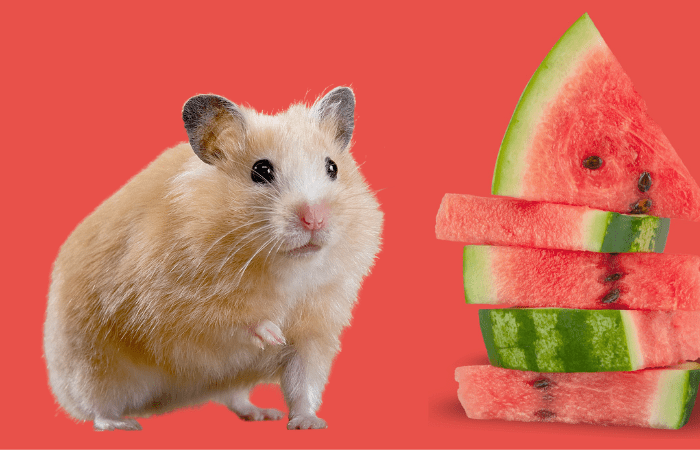
Feeding Guide: Watermelon for Hamsters
How to Pick the Perfect Watermelon?
Here are a few tips on how to pick the perfect watermelon:
- Look for a watermelon that is uniform in shape. Avoid watermelons that are oval or oblong. Watermelons that are uniform in shape are typically ripe and ready to eat.
- Check for a dull finish. A shiny watermelon is usually an indication that it’s not yet ripe. You want to look for a watermelon with a flat finish. This means that it’s ripe and ready to eat.
- Pick up the watermelon and feel its weight. A ripe watermelon will feel heavy for its size. This means that it’s full of juice and ready to eat. Avoid watermelons that feel light for their size, as this usually indicates that they’re not yet ripe.
- Look for sugar spots on the watermelon. Sugar spots are brown spots on the watermelon that indicate where the fruit was resting on the ground while it was growing. These sugar spots are an indication of a ripe and sweet watermelon. Avoid watermelons without any sugar spots, as this usually means they’re not yet ripe or not as sweet as they could be.
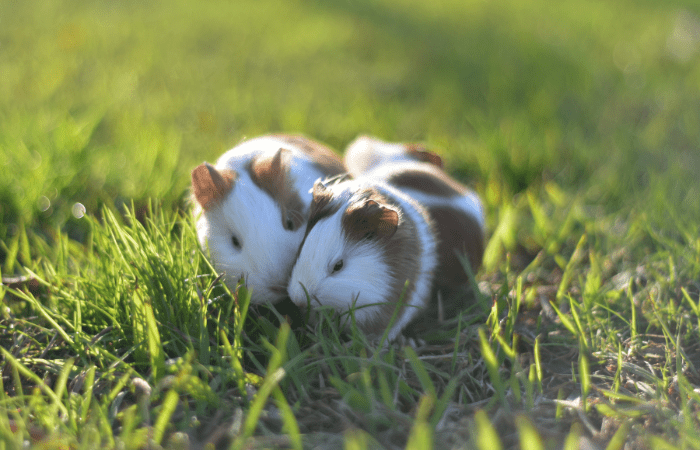
How Do I Prepare Watermelon for Hamsters?
Step One: Remove the Seeds
Watermelon seeds can be a choking hazard for hamsters, so removing them is important before giving your hamster any watermelon to eat. The best way to do this is to cut the watermelon into small pieces and then use a spoon or other utensil to scoop the seeds. You can cut the watermelon in half and then use a melon baller or other tool to remove the seeds from the center. Either way, ensure all the seeds are removed before moving on to the next step.
Step Two: Cut Into Small Pieces
Watermelons are large fruits, so they need to be cut into small pieces before hamsters can eat them. Start by cutting the watermelon into 1-2 inch chunks. Then, use a knife or kitchen shears to cut each chunk into smaller pieces that will be easy for your hamster to eat. If you’re not sure how small to cut the pieces, err on the side of caution and go for smaller pieces rather than larger ones. It’s always better to give your hamster too little watermelon than too much.
Step Three: Remove the Rind
The watermelon rind is challenging and complex for hamsters to digest, so it’s essential to remove it before feeding watermelon to your pet. The best way to do this is to use a paring knife or vegetable peeler to peel off the outer layer of the rind. Once you’ve removed the outer layer, use a knife or kitchen shears to cut off any remaining bits of rind attached to the fruit’s flesh. Again, err on caution and remove as much of the rind as possible—you don’t want your hamster eating something that could make him sick.
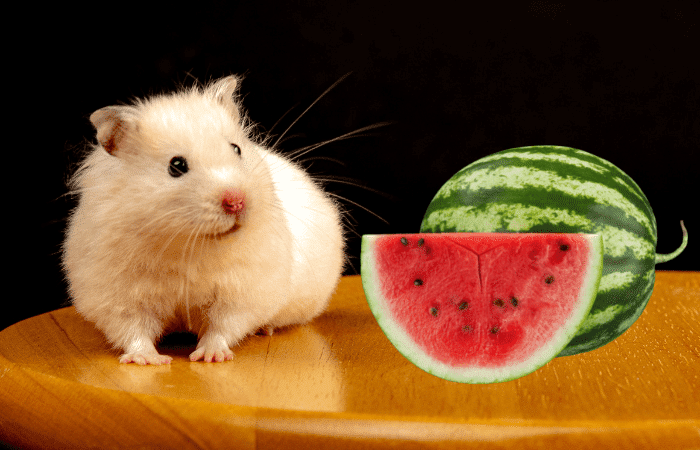
How Do I Give My Hamster Watermelon?
Ensure you hold your hamster or close to them whenever you give them food, such as watermelon. This is because feeding your hamster treats may deepen your relationship and help you socialize with them.
Initially, only offer your hamster a tiny quantity to see if they enjoy the fruit. Giving your hamster much of it won’t help if they reject it. However, it’s possible that your hamster put the food in their cheek pouches.
Before feeding the watermelon to your hamster, make sure you wash it! So there’s no need to worry about your pet getting damaged by pesticides or other nasty things!
Think about giving your hamster watermelon as a reward, along with delicacies like pumpkin seeds, cabbage, and carrots! As long as you make sure to give your pet the correct quantity to eat, this type of food is fantastic for them.
How Much Watermelon is My Hamster Allowed to Eat?
It’s okay for your hamster to eat watermelon! You must still watch out for how much food you give them, though. There is never such a thing as too much good! Quantity indeed varies depending on the breed. For example, Syrians can consume more food than Dwarfs and Robots together!
Syrian Hamster and Watermelon
A safe amount of watermelon for a Syrian hamster to consume is about 1-2 tablespoons per day. This doesn’t seem like much, but watermelons are very sweet and high in sugar. When feeding your hamster watermelon, it’s essential to remove the seeds and rind first. Seeds can be choking, making the rind difficult for hamsters to digest. You should also avoid feeding your hamster the sweetened, seedless watermelon varieties as they can be even higher in sugar.
Roborovski Hamster and Watermelon
Roborovski hamsters are one of the smallest breeds of hamsters, so they can’t eat as much as their larger cousins. A good rule of thumb is to offer your Roborovski hamster a small piece of watermelon (about the size of its head) once or twice a week. Any more than that, and you risk overfeeding them and making them sick.
Dwarf Hamster and Watermelon
The answer is: not very much. Watermelons are high in sugar and water content, which can cause diarrhea in dwarf hamsters. As a general rule of thumb, you should only feed your dwarf hamster a few small pieces of watermelon per week. Any more than that could potentially make them sick.
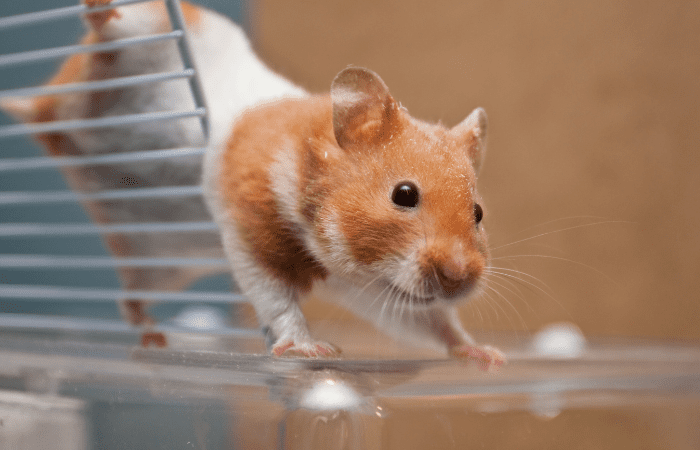
Is Dried Watermelon Better Than Watermelon Juice?
It is advisable only to consume fresh watermelon. For hamsters (animals/pets that keep food in their cheek pouches), dried watermelon are sticky enough to adhere to hamsters’ cheek pockets. It also contains a lot of sugar, which can cause diabetes, obesity, and bad oral health.
Due to the added sugars and preservatives, watermelon juice is likewise off-limits to hamsters.
Can Hamsters Eat Watermelon Rind and Seeds?
Watermelon Rinds Can Be Dangerous
One of the biggest dangers of watermelon for hamsters is the watermelon rind. The hard outer shell of the watermelon rind can cause problems for hamsters if they try to chew on it. The rind can damage their teeth and cause mouth injuries. In addition, the hard outer shell can also cause digestive issues if your hamster overeats it. So if you do give your hamster watermelon, be sure to remove the rind before doing so.
Seeds Can Also Be Dangerous
Another danger of watermelon for hamsters is the seeds. Watermelon seeds contain cyanide, which is poisonous to hamsters. If your hamster ingests too many watermelon seeds, it could become seriously ill or even die. As such, it is important to remove the seeds from any watermelon you give to your hamster before giving it to them.
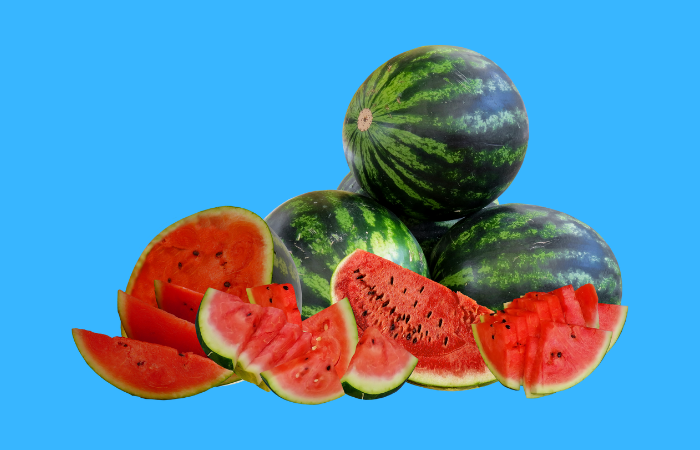
Final Thoughts
As you can see, some risks are associated with feeding watermelon to hamsters. However, if you take the proper precautions and remove the rind and seeds from the fruit, it can be a safe and healthy treat for your pet. Just be sure to give them a small amount at a time, as too much watermelon can cause digestive issues.
Frequently Asked Questions
HOW MUCH WATERMELON SHOULD A HAMSTER EAT?
Moderation = One hamster can eat around the size of a teaspoon’s worth of watermelon. So cut the teaspoon in half and limit the seedless watermelon you give your smaller hamster as a reward to 1/2 teaspoon every week if you have a dwarf variety or a smaller hamster.
DO DWARF HAMSTERS LIKE WATERMELON?
Yes. Cantaloupe, cherries, cranberries, figs, grapes, apple, banana, loganberries, raspberries, starfruit, strawberries, lychee, mango, blackberries, blueberries, honeydew, kiwi, kumquat, papaya, peach, pear, plum, and watermelon are some examples of fruits that hamsters like.
IS WATERMELON SAFE FOR SYRIAN HAMSTERS?
Yes. We, humans, love watermelon because it is an excellent, ripe fruit, a vegetable that is the perfect summer delight. But can you give it to your hamster without risk? It is, indeed! All hamster species, including Syrian, Dwarf, and Robo hamsters, may eat watermelon in moderation without any problems.
CAN HAMSTERS HAVE WATERMELON SKIN?
No. Like the seeds, the cantaloupe peel contains chemicals and germs harmful to hamsters and should not be consumed. Furthermore, your cat may get constipation due to the toughness of cantaloupe peel.

